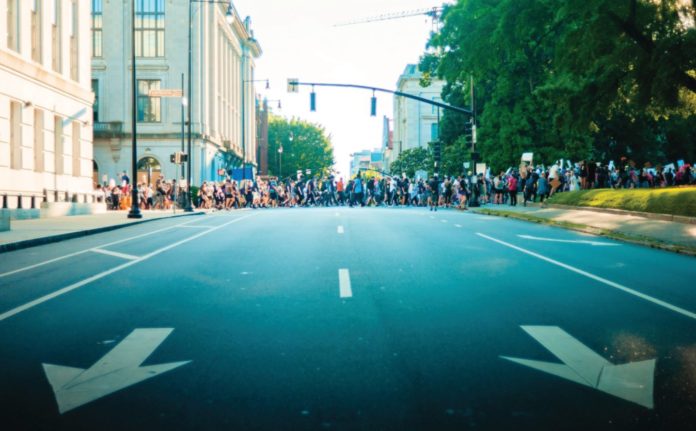In classroom history books of the future, the year 2020 is likely to have its own chapter, if not several. You can live under a rock today and still be fully aware of—for one—the nationwide (global, in fact) gust of marches and protests demanding raw awareness of enduring racial inequities. More specifically, the massive push has sought direct action over problematic law enforcement practices and the removal of public symbols that remind so many of the country’s dark days of slavery and ensuing mistreatment of people of color.
The brutal death of George Floyd, whose death by Minneapolis police officers was caught on globally scrutinized video, touched off a movement that has forced municipal officials into the mix of leaders tasked to listen to uncomfortable truths and work with affected groups to plot out better and brighter days.
While corporations, nonprofits, celebrities and leaders at the top have issued individual thoughts and strategies to bring change about, local government is in a solid position to implement well-vetted wisdom.
“I think any time local governments encounter crises or big changes, you see a flurry of sharing or best practices and collaboration among local governments. That’s what we’re good at,” said Cary Town Council Member and League President Jennifer Robinson. “And I’m seeing that here in this situation. We’re all learning from each other.”
Cary is a center of diversity, known for popular cultural celebrations (in non-pandemic times) like the N.C. Chinese Lantern Festival, Diwali Celebration and others. That’s a spirit the town appreciates, Robinson said, and likely played a part in a feeling of peace and hope felt during equalityfocused demonstrations there this year.
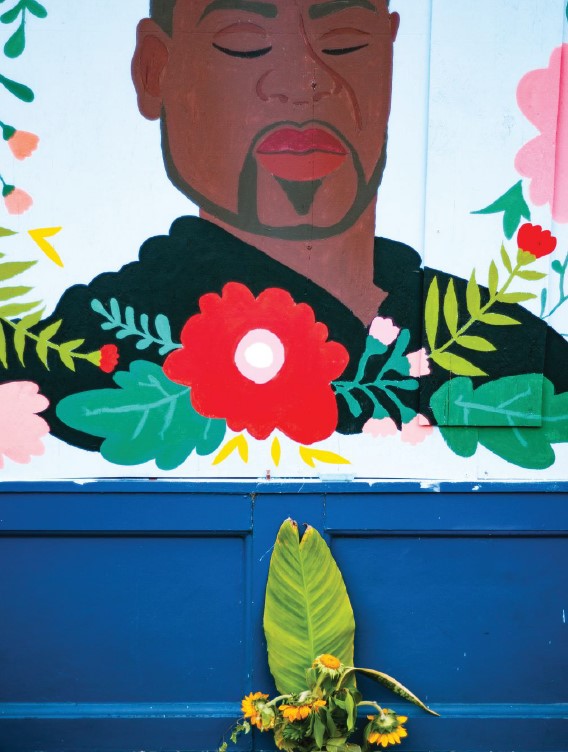
“My observation is that we in Cary have spent many years cultivating and fostering relationships with all groups of people,” Robinson said. “But the police department particularly, and our whole town, has done a lot of work with cultural events and outreach from our police department (in events like Coffee with a Cop or Barber Shop Chats) and I think that may have been a contribution to why we’ve had a lot of peaceful demonstrations of frustration. A lot of it has been very peaceful.”
Robinson became president of the League’s Board of Directors earlier this year during the CityVision 2020 Virtual Conference (a special pandemic-prompted version of the League’s big annual gathering). “I had the opportunity when I became president – there’s 35 of us on our board – talked to (most of) them for 30 minutes asking, ‘What’s going on in your community? Who’s struggling?’ … And what I really took away from a lot of those conversations is that those who had been investing for years in open dialogue among different citizens of their community were the ones that were faring well.”
One of those communities, she said, was Fuquay-Varina, whose police department in June teamed with a group called Community of One to hold what they called a Unity Walk in response to the national conversation on racism following Floyd’s death.
“In this walk we had representation from the entire community,” said Fuquay-Varina Town Commissioner Bill Harris, also a League Board member. “The police chief, the mayor, members of the board, citizens and representation from Black Lives Matter.” Harris said the event featured residents discussing their experiences with racism and encounters with police. “I think those are the hard discussions that have to take place,” Harris said.
Fuquay-Varina did what many other communities have shared in – considering the “8 Can’t Wait” approach to police reforms making the rounds nationally:
- Ban chokeholds and strangleholds,
- Require de-escalation,
- Require warning before shooting,
- Require exhausting all alternatives before shooting,
- The duty to intervene,
- Ban shooting at moving vehicles,
- Require use of force continuum,
- Require comprehensive reporting.
“I think that’s one of the important things we can actually get done,” Harris said after the town’s police chief gave a presentation on the policy approach to the town’s board of commissioners, comparing those pieces to how the police department has historically addressed tense response calls.
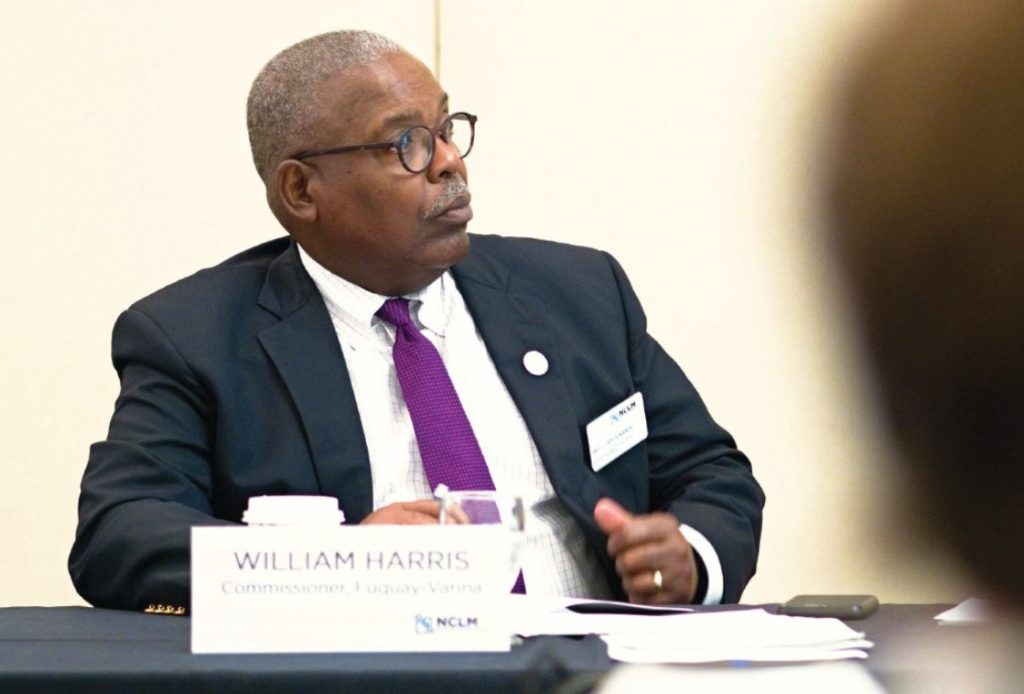
The City of Salisbury also reviewed its police policies through the 8 Can’t Wait lens and, at the time of this writing, had achieved seven of the eight principles, according to Mayor Karen Alexander, the League’s vice president. She lauded the fact that the city’s police department had put intentional focus in recent years on community policing and respect for different groups of people there. Interviewed by Southern City, Alexander put it into a core value: “Harmony.”
That was tested this year as the demonstrations hit Salisbury’s streets, particularly around the base of a Confederate statute that, like with others in so many Southern cities, residents decried as racist symbology and wanted gone. The city became a national dateline in May when gunfire rang out around the monument. Alexander said someone from outside the community decided to stand guard there and at one point fire a live round into the air. Arrests followed.
The clear threat to public safety associated with the monument met the criteria of state law to start the process of removing it.
After that, “A group of citizens came to me and said, ‘Is there a way that we can work together and go ahead and get an agreement …. To move it, to do it peacefully and lawfully…. I said I would happy to be involved in that, and so I kind of went into overdrive.”
Alexander found a contact with the United Daughters of the Confederacy to start a dialogue that led to a successful outside fundraising effort to relocate the statue from its very public location to the city’s oldest cemetery, which includes Confederate graves.
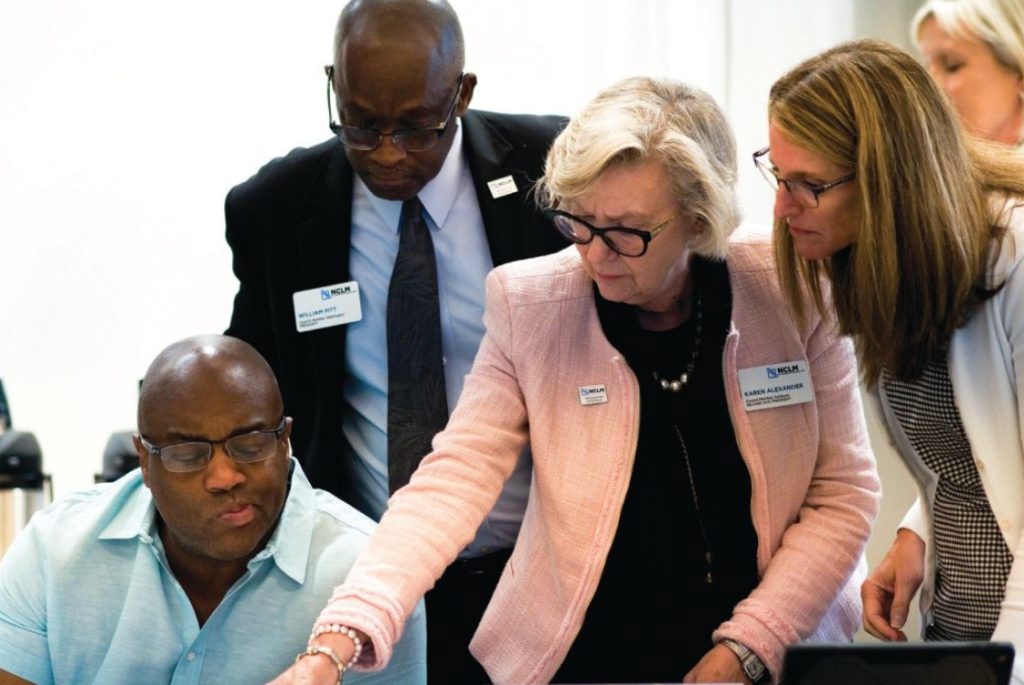
The story caught the attention of Bloomberg Philanthropies, a charitable giving organization frequently focused on cities, which produced a brief video featuring Alexander telling the story so other communities could draw from it and flex interconnections.
Despite successes in community change and togetherness, times remain tense. Floyd’s death is still shock-waving. In June, League Executive Director Paul Meyer issued a statement condemning the brutal acts that led to his death and emphasized the League’s firm stance against racism.
“In our rebuilding,” Meyer said, “we must not just return to the status quo, but to a better, more equitable state of affairs for all peoples, all communities and all towns.”
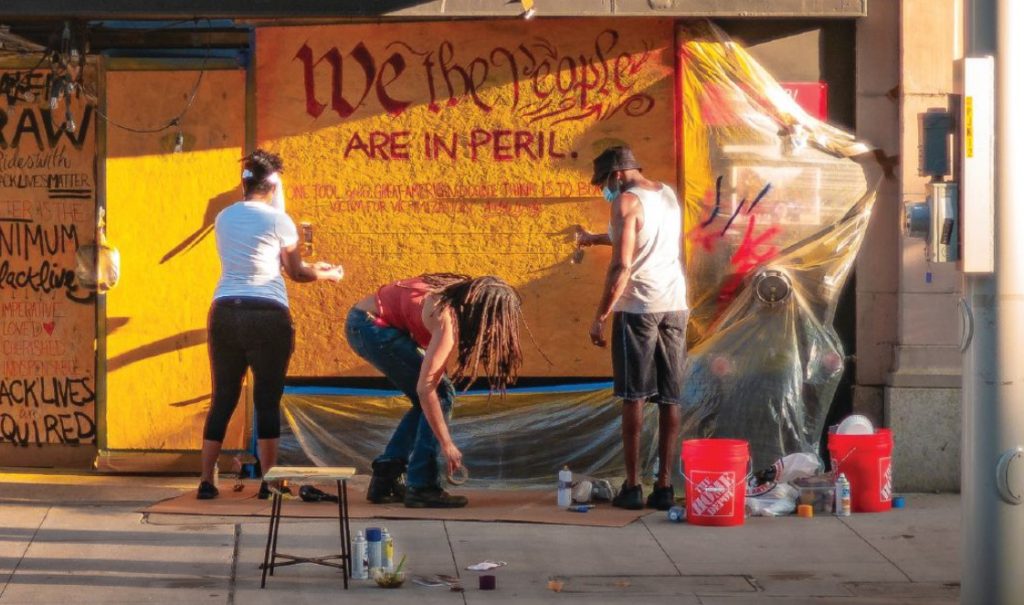
He added: “The challenges of local leadership while seldom easy, are rarely more difficult than they are right now. And yet, having seen firsthand the capacity and talent of our local officials, I am certain that we will move forward.”
To Harris in Fuquay-Varina, there’s endless potential when people are plugged in together.
“People really are talking about the importance of staying connected and how in the midst of all of this we have to sort of go to the highest ideals of what makes a community,” said Harris. “As long as we stay in conversation – even though it might be uncomfortable – and have dialogue and stay committed to what I would consider the best qualities of the human spirit, we can move through this.”


